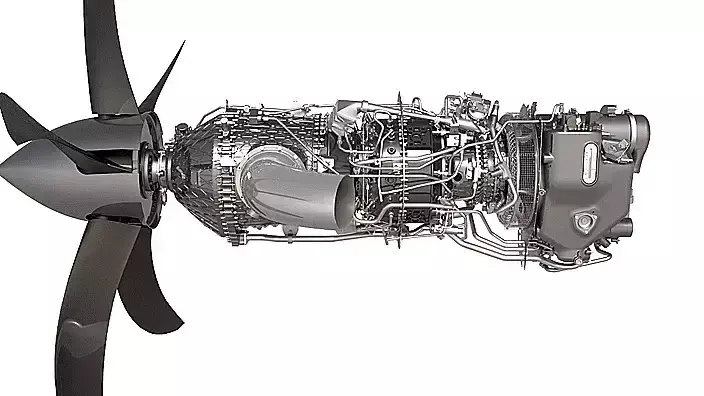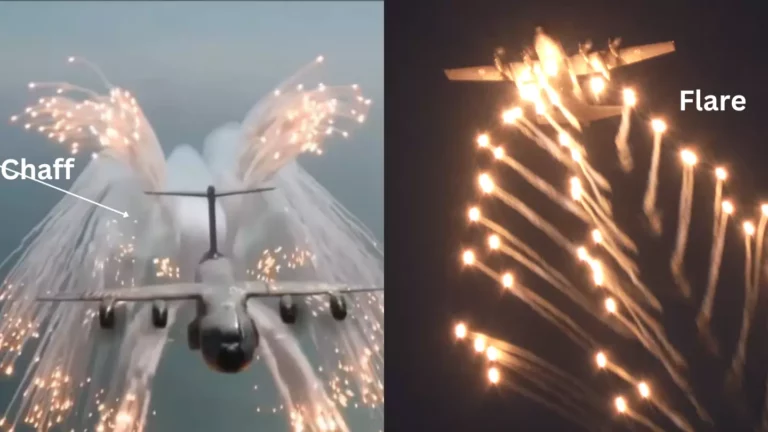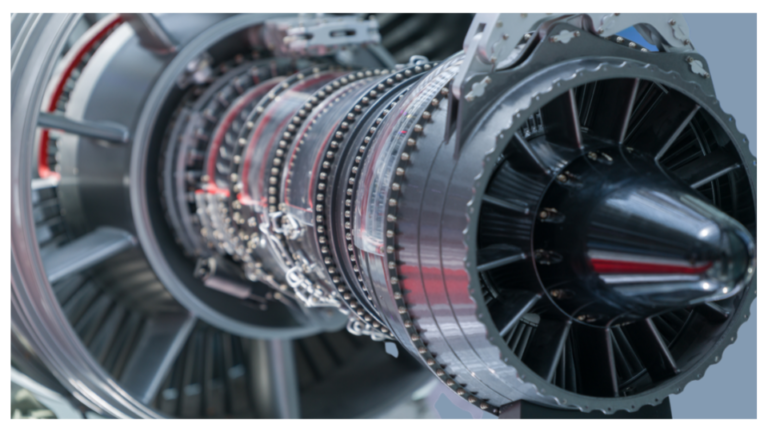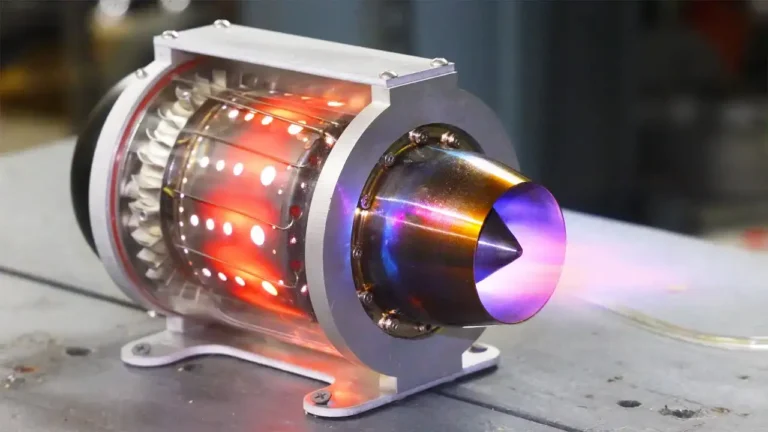Gas Turbine Compressor: Working, Types with Pros/Cons
A turbine compressor is an initial component of the gas turbine train, and is used to increase the pressure of the air or gas entering the engine. All turbine engines have a compressor to increase the pressure of the incoming air before it enters the combustor. Compressor performance has a large influence on total engine performance.
Which Turbine Compressor Is More Efficient in Aircraft/Jet Engines ?
There are two main types of compressors: axial and centrifugal. Modern jet engines often use axial compressors because of their performance.
Centrifugal compressors can increase the total pressure of the air by a factor of 4, while axial-flow compressors can only increase the pressure by a factor of 1.2. Axial compressors have an advantage over centrifugal compressors because of their ability to have multiple stages, therefore the pressure increase is multiplied row by row. These advantages are ideal for an application where the thrust of the engine itself is the driving force of the aircraft, or in our case the driving force of the vehicle.
Axial Flow Compressor
The compressors used in gas turbines (for power generation, GE Machines) are axial flow, heavy duty, horizontally split compressors. These are intended to provide compressed air for combustion and for cooling purposes. They are intended for use with gas turbines.
The compressor (GE Machines) has a series of rotating and non-rotating blades (or a set of blades referred to as the rotor and the stator blades). These rows of blades are carefully shaped to scoop air and direct the air to the next row of shorter blades. The air is thus pushed into smaller spaces so pressure increases.
The job of the stators is to increase pressure and keep the flow from spiraling around the axis by bringing the flow back parallel to the axis. while the stators are stationary blades that do the diffusing.
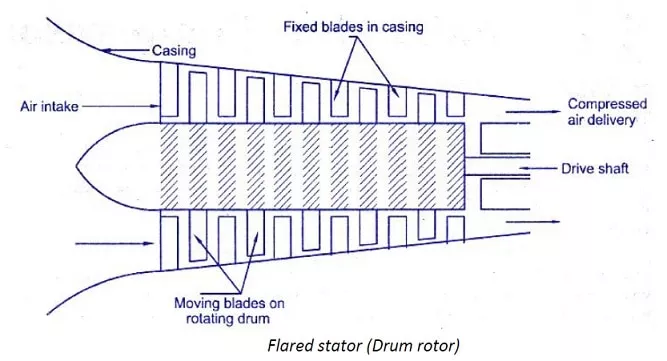
Axial compressors have the benefits of high efficiency and large flow rates, particularly concerning their sizes and cross-sections. They offer the most compact and lightweight compressor design for large volumes and the lowest cost per-flow rate for large flow rate applications.
Advantage
- High peak efficiency
- Small frontal area for a given flow
- Straight through flow, allowing high ram efficiency
- Increased pressure rise due to an increased number of stages with negligible losses
- Good efficiency over the narrow rotational speed range
Disadvantages
- Difficult manufacturing
- Very expensive
- Heavyweight
- High starting power requirements
- Sensitive to the aerodynamic stall and angle of attack
- Sensitive to flow disruptions
- Not effective as a single-stage axial compressor in increasing the gas pressure
Applications
- High-speed ship engines
- In small scale power stations
- Blast furnace air
- Air separation plants
- Aircraft turbojet engines
- Land-based gas turbines
Centrifugal Compressors
The other kind of dynamic compressors are centrifugal compressors or annular compressors that depend on the transfer of energy from a rotating impeller to the air.
A centrifugal compressor has a simple rotating element, mounted onto the shaft which is usually connected directly to the prime mover.
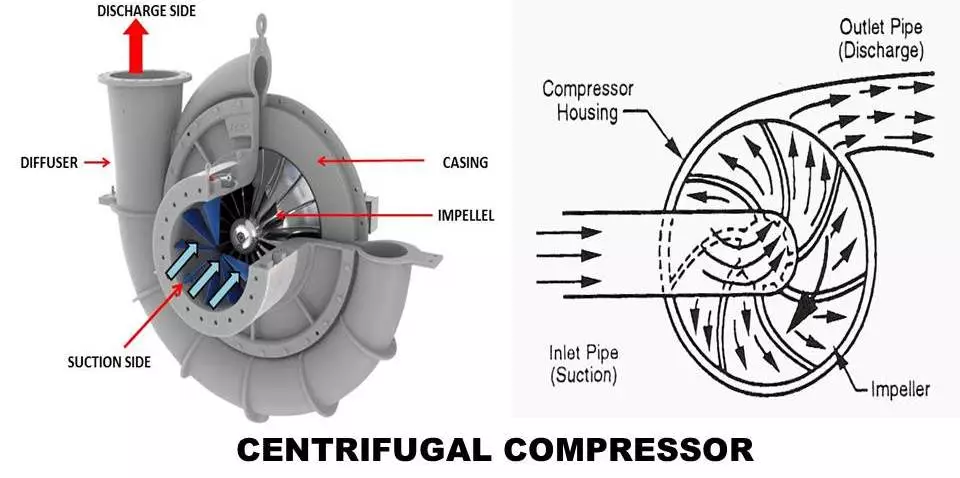
These are divided into 3 parts; input, centrifugal impeller, diffuser.
The compressor sucks in the air through its input and then centrifugal impeller raises the energy of the working gases / air by rotating the set of blades. After this process high pressure air/gas goes to the diffuser and when the air meets the diffuser it’s going to be slowed down in order to provide more surface area. This will help the air stay longer within the diffuser. The diffuser is an air-speed reducer, reducing the speed of the air before it enters a chamber.
The compressors may have a single stage or multiple stages (up to 5 stages). They operate at very high inlet pressures.
Advantages
- Reliable, low maintenance
- Low weight, easy to design and manufacture
- Suitable for continuous compressed air supply, such as the cooling unit
- High-flow rate than the positive displacement
- Oil-free in nature
- Fewer rubbing parts
- Relatively energy efficient
- Insensitive to flow disruptions
- Wide range of rotational speed
- No special foundation required
Disadvantages
- Large frontal area for a given airflow rate
- Unsuitable for very high compression, limited pressure
- Sensitive to changes in gas composition
- Sophisticated vibration mounting is needed
- The problem of surging, stalling, and choking
Applications
In many industries centrifugal compressors are used for industrial applications such as refineries, chemical, and petrochemical plants, natural gas processing and transmission plants, very large scale refrigeration, and iron and steel mills.
- gas compression in oil platforms
- LPG storage and transport installations
- The turbocharger in many sports cars
- Turbochargers in diesel engines

